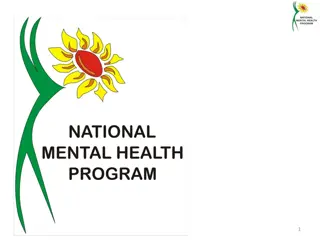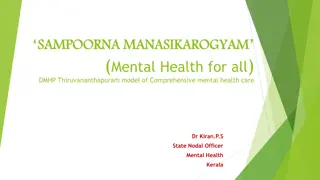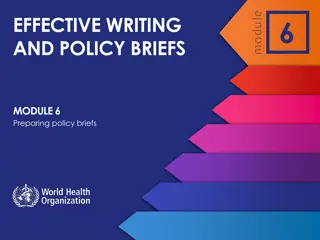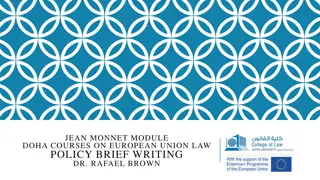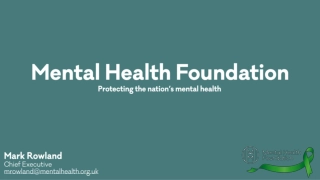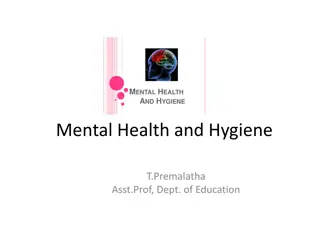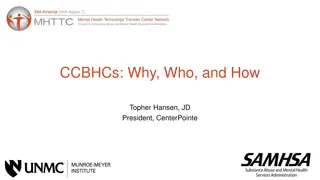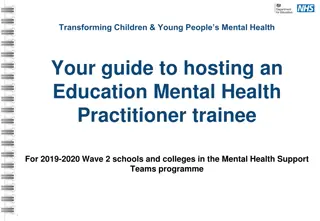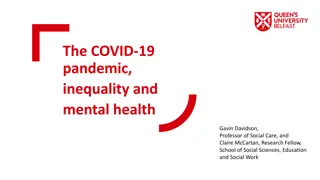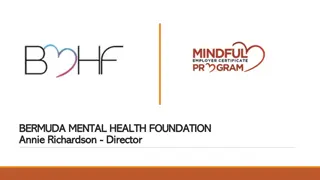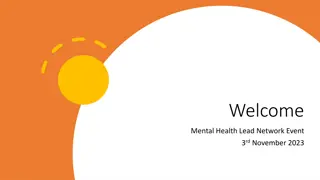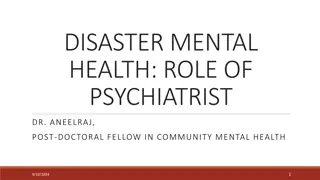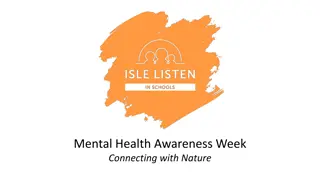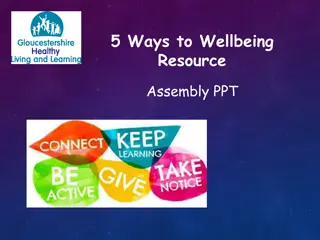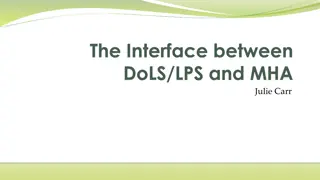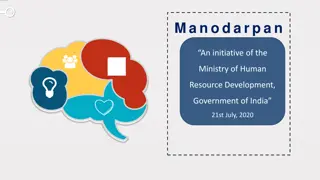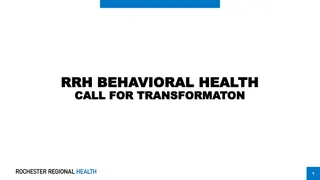Effective Strategies for Creating a Community Mental Health Policy Brief
Crafting an impactful community mental health policy brief involves careful planning and consideration. Understand your target audience, deliver a clear message, and provide valuable insights and recommendations. Utilize a structured template including an executive summary, introduction, approaches and results, and conclusion to effectively communicate your findings.
Download Presentation

Please find below an Image/Link to download the presentation.
The content on the website is provided AS IS for your information and personal use only. It may not be sold, licensed, or shared on other websites without obtaining consent from the author. Download presentation by click this link. If you encounter any issues during the download, it is possible that the publisher has removed the file from their server.
E N D
Presentation Transcript
How to write a Policy Brief Community Mental Health Faculty of Psychology Airlangga University
Outline Planning your policy brief Policy brief template Checking your policy brief
Planning your policy brief What is a policy brief? A short document that presents the findings and recommendations of a research project to a non-specialized audience A medium for exploring an issue and distilling lessons learned from the research A vehicle for providing policy advice. A policy brief is: A stand alone document Focused on a single topic No more than 2-4 pages (1,500 words)
Audience Who are your readers? Who am I writing this brief for? How knowledgeable are they about the topic? How open are they to the message? How can I reach the readers? What questions need answers? What are their interests, concerns? What does it take to reach specific readers such as media or decision-makers? Using the power of persuasion Answer the question What value does this have for me? Describe the urgency of the situation Speak in terms of benefits and advantages
Policy brief template Executive Summary Introduction Approaches and Results Conclusion Implications and Recommendations
Lead with a short statement The executive statement will: Distil the essence of the brief Provide an overview for busy readers Entice readers to go further Appear on cover or top of first page Be written last
Introduction Answers the question why Explains the significance/urgency of the issue Describes research objective Gives overview of findings, conclusions Creates curiosity for rest of brief
Approaches & result Provides summary of the facts Describes issue and context Describes research and analysis Should not be overly technical Highlight benefits, opportunities
Approaches Result: What did we learn? Explains how study conducted Relates who conducted study Describes relevant background Identifies method used to collect data Make content easy to follow Start by painting a general picture Move from general to specific Base conclusions on results
Conclusion Use section to interpret data Aim for concrete conclusions Express ideas using strong assertions Ensure ideas are balanced and defensible If hypothesis abandoned, say why
Implication & recommendation Implications are what could happen Recommendations are what should happen Both flow from conclusions Both must be supported by evidence
Implication: Ifthen Describe what researcher thinks will be the consequences Less direct than recommendations Useful when advice not requested Softer approach but still can be persuasive
Recommendation: a call to action Describe clearly what should happen next State as precise steps Ensure they are relevant, credible and feasible
Think ahead and look back Conduct a 20-second test what stood out? Try to make more user friendly Go on a jargon hunt Don t overuse statistics Check arguments, proof, persuasion Build a Q & A (FAQ like) package











